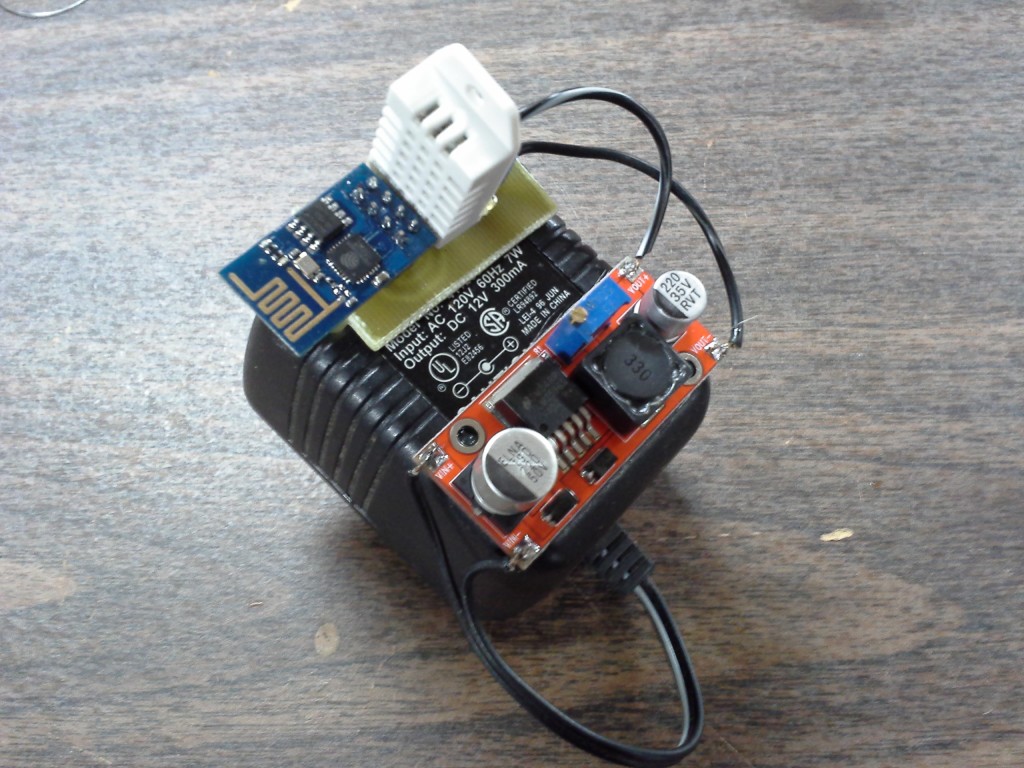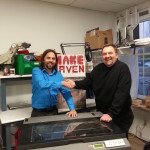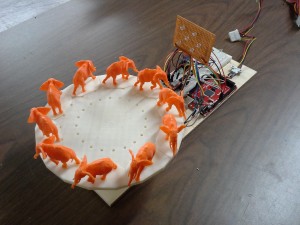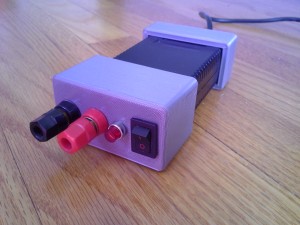 I’ve had the honor of mentoring a local High School’s FIRST Robotics team. Their robot runs on a 12vdc battery. During most of the testing, the robot doesn’t need to move too far, and watching the battery charge just seems like an unnecessary item to monitor. So, the alternative is to make a cheap, dedicated power supply.
I’ve had the honor of mentoring a local High School’s FIRST Robotics team. Their robot runs on a 12vdc battery. During most of the testing, the robot doesn’t need to move too far, and watching the battery charge just seems like an unnecessary item to monitor. So, the alternative is to make a cheap, dedicated power supply.
This thing started off as an old discarded laptop(or similar device) power supply. It had a plug on it, emphasis on ‘had’. It got chopped in order to add a couple of binding posts. These bad boys will accept a bare wire or banana plug. I designed up a couple ‘caps’ and 3D printed them. They are pretty simple and made to fit a little snugly over the power supply. Eventually they will just be glued on to the power supply housing.

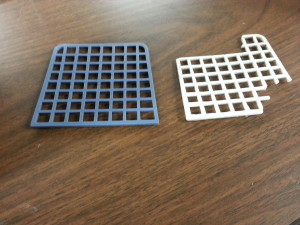 As Hackerspaces are usually cutting edge environments to advances in technology that will trickle down in time, I’m watching the 3D printer being used more and more for practical purposes. The printed novelties were fun and educational, now we are getting into the real value of the printers.
As Hackerspaces are usually cutting edge environments to advances in technology that will trickle down in time, I’m watching the 3D printer being used more and more for practical purposes. The printed novelties were fun and educational, now we are getting into the real value of the printers.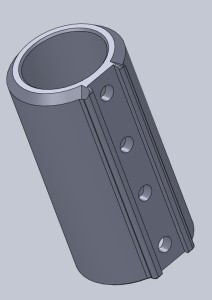

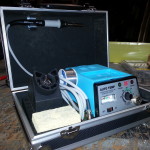
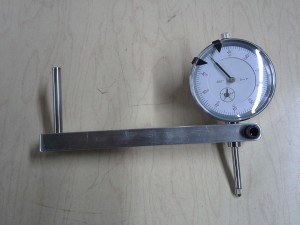
 Come winter time, the hackerspace can get kind of cold. And in the summer, it can get darn hot! To give members a heads up of the current temperature in the ‘space before making the journey out here, we created a web-enabled temperature/humidity sensor.
Come winter time, the hackerspace can get kind of cold. And in the summer, it can get darn hot! To give members a heads up of the current temperature in the ‘space before making the journey out here, we created a web-enabled temperature/humidity sensor.